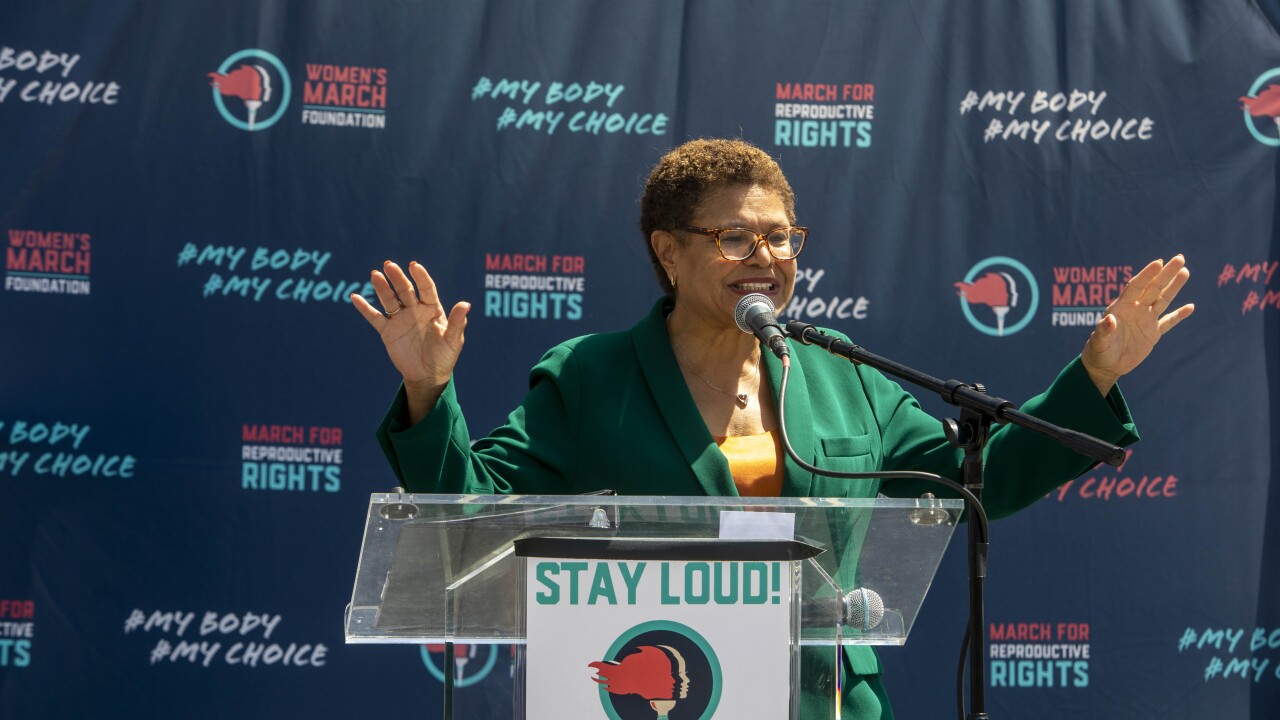CHICAGO — The credit outlook for Illinois' flagship public university has dimmed due to uncertainty over when the state will solve its fiscal 2016 budget impasse and how the school will fare in a final plan.
Standard & Poor's revised its outlook on Aug. 11 to negative from stable on the AA-minus credit assigned to the University of Illinois Board of Trustees auxiliary facilities system revenue bonds and certificates of participation.
"The negative outlook reflects our view of the uncertainty surrounding the state's lack of a fiscal 2016 budget and the magnitude of potential state funding cuts during the two-year outlook period," said Standard & Poor's analyst Jessica Wood.
The concerns that drove the change in outlook are driven by the state's situation even as the school's strong fiscal condition blunts the potential impact of cuts.
"We believe that UI has sufficiently demonstrated its capacity to operate as a fairly independent enterprise in a competitive market, with a lack of precedent in terms of governmental intervention or control and favorable reserves that would allow it to continue to pay debt service in case of a significant delay or reduction in state appropriations," Wood said.
Standard & Poor's rates Illinois' general obligation debt A-minus, on CreditWatch negative. "The University of Illinois is currently rated three notches higher than the state, based on the institution's fundamental merits and credit qualities," the rating agency said.
The flagship state school operates three campuses located in Urbana-Champaign, Chicago, and Springfield, as well as health professions sites in Rockford and Peoria, with a fall 2014 combined total enrollment of 74,527 students.
Standard & Poor's said the university's financial resource ratios have improved, but remain low for the rating category with $1.79 billion of debt including capital leases and other obligations. The credit benefits from recent operating surpluses, stable demand, and a $2 billion endowment although most is restricted.
A downgrade could occur during the two-year outlook period if the state rating is lowered, or the university experiences significant reductions in state appropriations that significantly impact operations, it issues significant additional debt without corresponding growth in revenues or financial resources, or experiences significant enrollment declines, the rating agency said. "The deterioration of annual debt service coverage for the AFS could also result in downward rating pressure," analysts added.





